|
This week we spent more time focusing on the tutorial version of the game and got to the point where we are just about ready to start playtesting it. We aligned on the map layout and overall flow of the game, but still have a couple of things to iron out before we are ready to play. One valuable thing we’ve learned from developing the tutorial version is that we will likely need to make some changes to our existing map and/or adversary in order to make them more conducive to variation. What I mean by that is that our current adversary relies heavily on line of sight, and our tutorial map is very lacking in that area.
Similarly, the adversary in the tutorial version is largely dependent on the ability to move through walls. This comes in very handy on the tutorial map, but will not be quite as useful on our existing map. Had we kept playtesting / fine-tuning our existing map and adversary (as opposed to taking a break and working on the tutorial version) we wouldn’t have found this out until much later in the process. Our goal is to have multiple maps and multiple adversaries, so this was a very important finding. It means we need to go back and do quite a bit of rework, but it’s better that we found it out now instead of 2-3 months from now. Back to the drawing board we go! OK, not quite back to the drawing board, but we’re definitely taking a couple steps back. We also finished creating the new flashlights, including their 3D models and UV wraps, so they are now ready for playtesting in TTS. We have made quite a few changes to the game since our last playtests at Gen Con, so we’re in for some potentially interesting games in the near future. Peace, Jeremy
0 Comments
As the title implies, we’re switching it up a bit and we’re going to start providing weekly updates on our progress on The Stifling Dark. To be honest, this is just as much for us as it is for you. This will give us a timeline of how the development went leading up to the Kickstarter and beyond, while also keeping you informed of where we’re at. Hello future self!
Anyways, the biggest thing we focused on this week was actually an idea that first arose from some discussions we had during Gen Con. It’s hard to believe that was a month ago, but we’re finally getting serious about bringing it to life. Someone mentioned that we should have a sort of tutorial version for first-time players that simplified the game a bit so that it was easier for beginners. We had gotten some other feedback that there was a bit of a rules overload at the start of the game, which is definitely a fair point. It probably didn’t help that we were trying to rush through the rules to start playing since we had a limited amount of time, but nonetheless we agreed that a tutorial version was an excellent idea. After some more discussion between the three of us, we landed on creating a simpler map, a more basic Adversary, and easier objectives. That way the tutorial version would still introduce players to a lot of the core concepts while removing some of the extra rules to decrease the complexity. We’re also limiting how many actions the Investigators have in order to further decrease the initial learning curve. Don’t worry, we’ll still have the flashlight mechanic! We’re planning on distributing this tutorial version once we’re finished so people who are interested in playtesting the game can get their hands on it (and so we can get some feedback). We want to make sure everyone’s voices are heard, since that will lead to a better experience for both of us. We’ll be sure to make an announcement once that’s ready to roll! See what I did there? I italicized it, so I really hope so. Aside from the tutorial version, we also spent some time discussing manufacturing, shipping/fulfillment, warehousing, and other fun logistical things. We’re keeping a very close eye on our timelines to ensure we’re staying on track for a Kickstarter early next year, and we have quite a bit to do between now and then. Lastly, we’re putting the finishing touches on the flashlight revisions that we discussed in last week’s blog post. As surprising as this is, we actually haven’t playtested since Gen Con since we’ve been so busy making changes based on the feedback we received. Once we finish up the flashlight updates we plan on getting back to playtesting so we can test how the changes are working. That’s about it for this week, but stay tuned since we’ll plan on posting these updates weekly on Fridays going forward. We’ll still sprinkle in some other blog posts about specific aspects of The Stifling Dark or about game design in general, but they won’t be quite as often. Over and out, Jeremy We knew early on that the flashlights were going to be one of the main selling points of our game, so we also knew that we had to make sure they were unique, fun, and comprehensible. It turns out they were also one of the most complicated things to develop. Isn’t it funny how that works out? The flashlights have been one of the most-changed aspects of the game so far, both in number of times changed and in the magnitude of the changes. If you’ve been a diligent reader of our blog (we see you), you’ll remember that we initially started out with a square grid on our map. We started out sketching our ideas for the flashlights to see how they could work. There was a lot of debate about the right way to handle line of sight with the flashlights, as well as how many different flashlights we should have and how big each of them should be. After much discussion, we developed our first digital versions of the flashlights. Those bad boys looked something like this: Despite looking like they belonged in an 8-bit video game, they got the job done. That is, until you wanted to point the flashlight in any direction other than directly up, down, left, or right. Seeing as we didn’t want to limit the direction the flashlights could look, it was back to the drawing board. At first we tried to make alternate versions that worked diagonally, but we decided we also didn’t want to have two different versions of each flashlight. We eventually realized that a square grid probably wasn’t the best option for what were trying to do. Ignoring the brief stint we had with hexes, we ended up going with circles that were arranged in a hex pattern. Once we landed on the map layout, it was time to start sketching yet again. Now that we had a map pattern that was conducive to rotation in multiple directions, it made designing the shape of the flashlights a bit easier. A couple triangles later, we had our shapes. That was the easy part, though. Now it was time to figure out line of sight. As seen in the previous images, we initially had both horizontal and vertical lines drawn on the flashlights to help with line of sight. The horizontal lines were meant to illustrate where your flashlight beam ended based on which section the obstacle intersected, and the vertical lines showed you which spaces would be deemed visible. The flashlights looked rather busy, so we thought long and hard until we realized the horizontal lines weren’t necessary because the obstacles themselves could act as the horizontal lines. In other words, no spaces after an obstacle were visible. All you had to do was trace one of the flashlight lines back to your character without hitting an obstacle, and you were good! These are the only flashlights we’ve used since we began playtesting publicly, and overall the feedback from the players was pretty good. The people who played the Adversary, however, had a slightly different opinion. It was a bit too easy for the other players to coordinate and cover huge areas with their flashlights, so we very recently decided to trim the flashlights down a bit. Here’s a sneak peek at one option for our new and improved small flashlight: One additional thing I want to discuss is when players are allowed to use the flashlights. Up until now, flashlight usage was limited by which actions you took. Certain actions, like picking up or using an item, prevented you from using your flashlight. This forced the player to choose between grabbing a potentially useful item or protecting themselves with their flashlight, which was a choice we really enjoyed. However, it also led to a lot of confusion around when you could or couldn’t use your flashlight, and it was somewhat common for there to be some rounds with no flashlights on the board at all. After a great suggestion from one of our playtesters at Gen Con, we decided to work on revising flashlight usage to tie it to a new charge system. The core concept is that you can use your flashlight pretty much whenever, but each time you use it you have to spend a charge. This way it’s a simpler concept, allows more flexibility, and is more realistic. We’re excited to see how these changes pan out in future playtests! Oh, and one last thing before I sign off. I couldn’t leave without acknowledging our favorite flashlight that [n]ever was. I present to you, the 180-degree flashlight: The picture doesn’t do it justice, but that monstrosity you just saw was one iteration of the square grid flashlights. To be honest, it didn’t take long to rule that one out. If we were having problems with our smaller flashlights covering too much ground, I can only imagine how annoying this beast would’ve been. Good riddance!
See you next time, Jeremy PS: Sorry Ethan, I know you really loved your 180-degree flashlight. It’s time to let it go. Gen Con Online was an incredible experience, and we’re extremely thankful we were able to jump in at the last minute and have our game played by over 30 people. In this post I’ll walk through some of the things we learned last weekend, both about our game and about Tabletop Simulator (TTS). For starters, we were very happy to receive overwhelmingly positive feedback for the game. We know our game is far from finished and nowhere near perfect, but it was reassuring that there weren’t any glaring issues or super negative feedback. Our playtesters generally said the game was unique, fun, and (perhaps most importantly) tense. Remember that phrase I’ve been saying over and over? No? I’ll say it again: The Stifling Dark is a horror board game designed to bring true tension to the table. Don’t just take it from me though! Here are a few of the comments from our playtesters:
Positive feedback is always great, but negative / constructive feedback is even more important. We heard common themes that we should update the names for both the Victims and the Stalker, which we will be doing. There was also some confusion around the Adversary’s abilities and movement, so we will work to make that more transparent. It also came through loud and clear that there is a fairly steep learning curve to start the game, which we very well may have lost sight to with how many times we’ve played the game. One fantastic suggestion that we will be implementing is creating a “tutorial” version of the game to try on your first playthrough that limits the rules while still introducing you to the core mechanics and preparing you for the full game. There were a host of other comments and feedback that we will be reviewing over the coming weeks. Some of the feedback were things we had actually already discussed (like weapons to fight back against the Adversary or additional maps / Adversaries), but many of the comments were things we had not thought of before. Either way, all of the feedback was helpful and will be a huge asset going forward. The feedback wasn’t just about our game though – we also learned a lot about TTS! We learned about the Search ability within a deck, which means we don’t need to lay all the cards out face-up anymore and try to hide which cards we take from the Adversary. We also learned about the Team Chat, which will give us a way to communicate without the Adversary cheating - I mean listening. PS why is there no strikethrough option on here? Another great TTS nugget we learned was that you can hit U to force an object underneath other objects, which is super handy for flashlight placement. This is quite useful when you have a bunch of players near each other and you have to place a flashlight on top of them. No more flashlight juggling! Scripting was also discussed a bit, and we’re honestly still on the fence about that. We fully acknowledge it would make the TTS implementation go much more smoothly, but at the same time it might hide real-world problems. Since we can’t playtest in person at the moment, we want the TTS version to match the real-world version as much as possible. As such, we’re leaning towards leaving scripting out for now but adding it in for the official digital version when that comes out.
All that said, we want to thank the team at Gen Con, the folks at Double Exposure, and all the amazing people that tried out our game. While we wish our company’s first Gen Con experience could’ve been in person, this was the next best thing that could’ve happened and we are thankful for that. We will definitely be back next year, online or not! Signing off, Jeremy I feel like now would be a good time to provide a more detailed overview of what The Stifling Dark is all about, since we’ll be hosting our first public playtests at Gen Con Online in less than 48 hours. As mentioned in our first blog post, The Stifling Dark is Ethan’s baby. The goal? You guessed it: create a horror board game that would bring true tension to the table. Hopefully you’re getting used to hearing that phrase, because it’s not going away any time soon. The horror board game market isn’t quite as saturated as many of the other game genres, although chances are you’ve played at least one type of horror board game (haunts, anyone?). While hidden movement is by no means a new mechanic, a lot of games that utilize it turn into min-max games. You’re either constantly trying to calculate where the opponent is because you know exactly how far they can move, or you know where they were X number of turns ago. So, what did we do to get around that? In short, we (1) gave our adversary a very large area in which they could start, (2) gave them variable movement with bonuses based on certain actions they take, and (3) do not have them reveal their position unless they attack or their opponents find them. The variability in movement alone is enough to solve the min-max problem, but we also threw in two additional nuggets to help decrease the chances of the adversary’s opponents being able to track our adversaries. We’ve been through a number of different iterations of our first adversary, affectionately known as The Stalker. As the name implies, he builds power by watching his opponents from a distance, before eventually deciding to reveal himself to attack the Victims. The more he stalks, the more powerful he becomes. The clock is always ticking though, since the longer he waits to attack the closer his opponents will be to escaping! The primary goal for the Victims is to escape the map through completing one of three different objectives. They can try to take the “easy” way out by fixing up a car and driving out or repairing and opening the gate, or they can face The Stalker head-on. Each objective requires them to find certain items and take a number of actions with those items before finally being able to escape. One of our favorite mechanics comes into play when the Victims try to find The Stalker. Each Victim is equipped with a flashlight they can use during their turn, which will be represented with a transparent piece of plastic in the game. The flashlight has lines on it that indicate line of sight, so the Victim must maneuver the flashlight to its optimal position in order to see the largest number of spaces (or sometimes a much smaller number of spaces to cover a blind spot). Flashlight usage is not always a guarantee, however! Certain actions that you take, like using an item or interacting with an objective, will prevent you from using your flashlight. This forces the Victims to choose between getting one step closer to escaping or attempting to reveal The Stalker, which stops him from stalking you and getting more powerful. As you’ve probably inferred, line of sight also plays a big role in how The Stalker is played. If he has line of sight to a Victim on his turn, he may place a spine chill token on that Victim (and any other Victims he has line of sight to). This is the Victim’s warning that they are being watched. They then have one turn to break line of sight before becoming stalked and therefore increasing The Stalker’s power. The Victims’ main two options once they get a spine chill are to try and work together to flashlight The Stalker or run away and try to break line of sight. They can break line of sight by simply sprinting away and hoping they get far enough, or they can run into a building and lock the door behind them. You always have to be mindful of windows though, since you can’t block those and The Stalker can regain line of sight through them on their turn. Hopefully this provided a nice overview of how the game is played, although don’t hold us to this exact description since the game is still actively being developed. We’ll dive into specifics aspects of the game (such as flashlights) in more detail in future blog posts, so don’t forget to check back every once in a while! I’d love to keep writing about the game, but it’s time to go put in another playtest before Gen Con.
See you around! Jeremy |

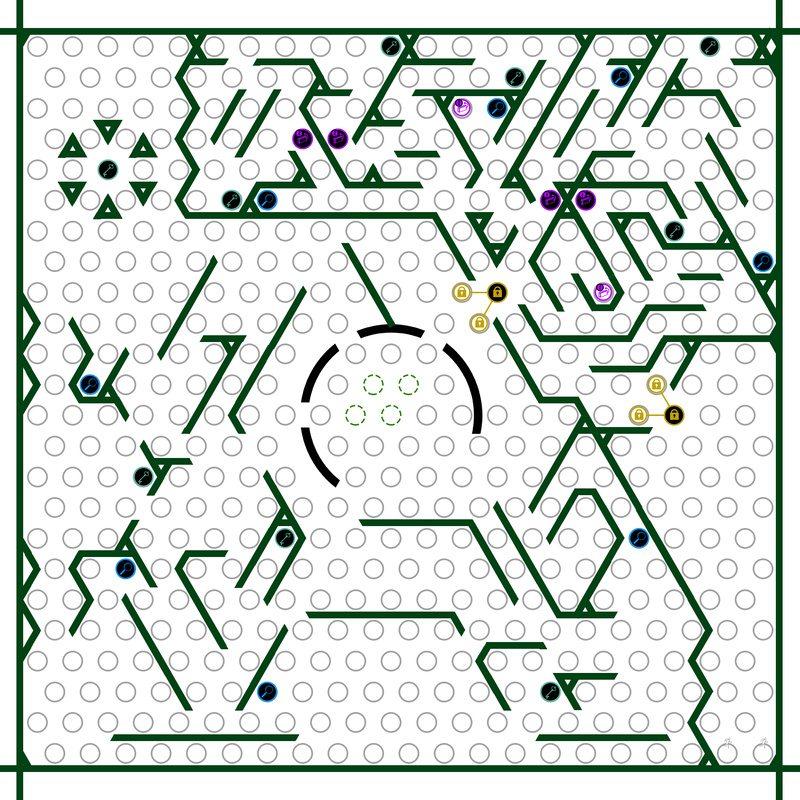
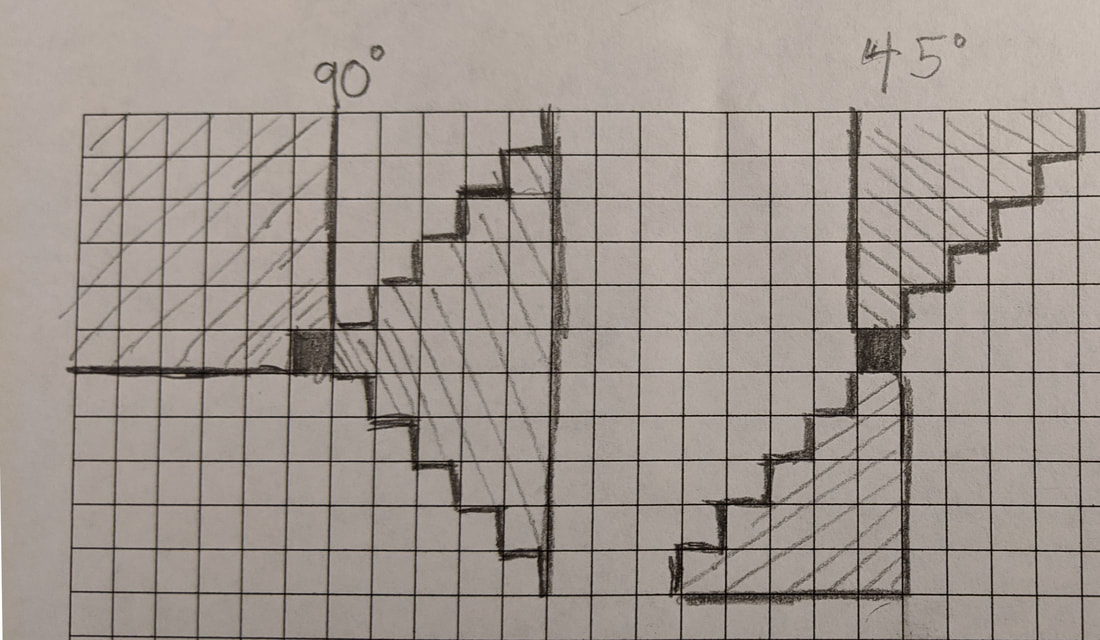


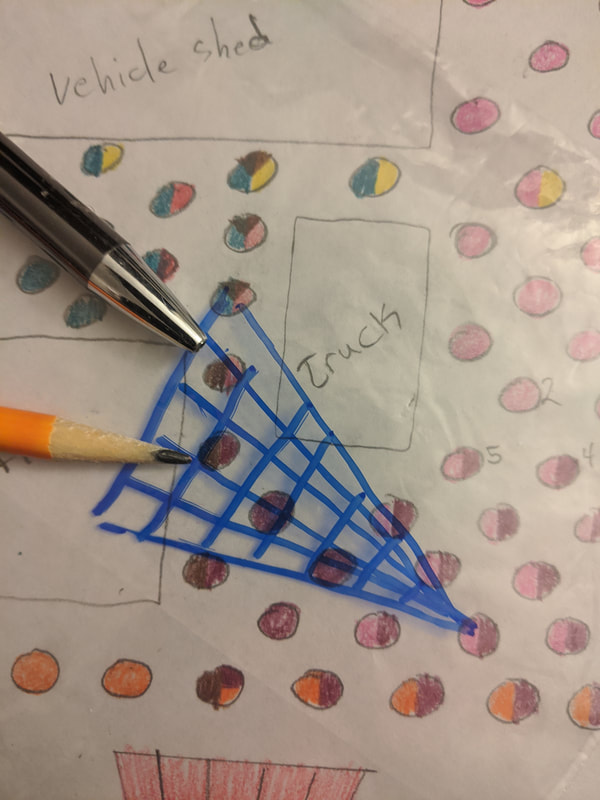
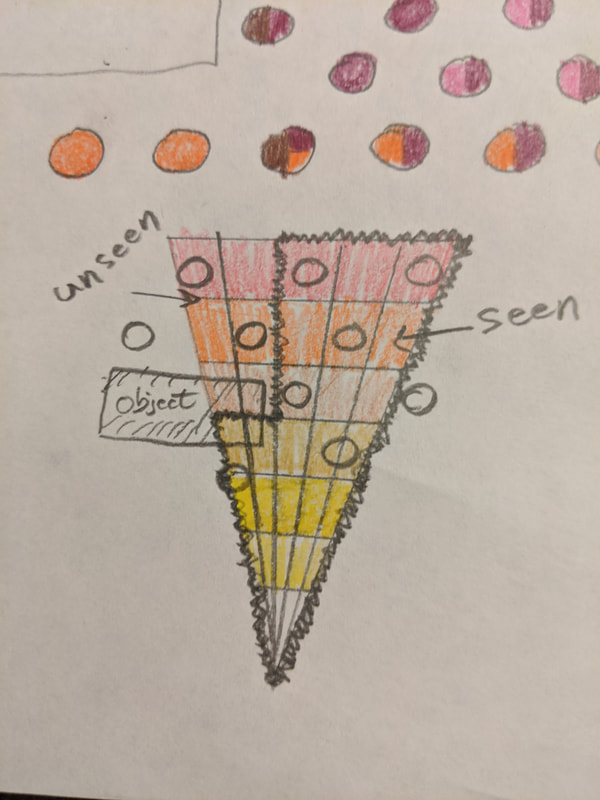
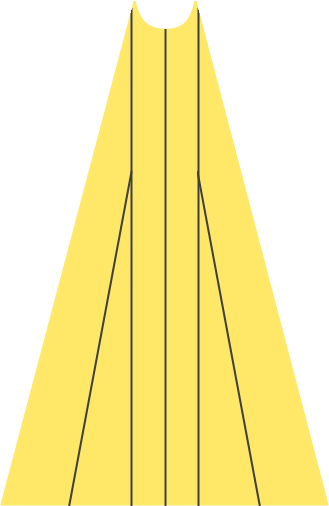
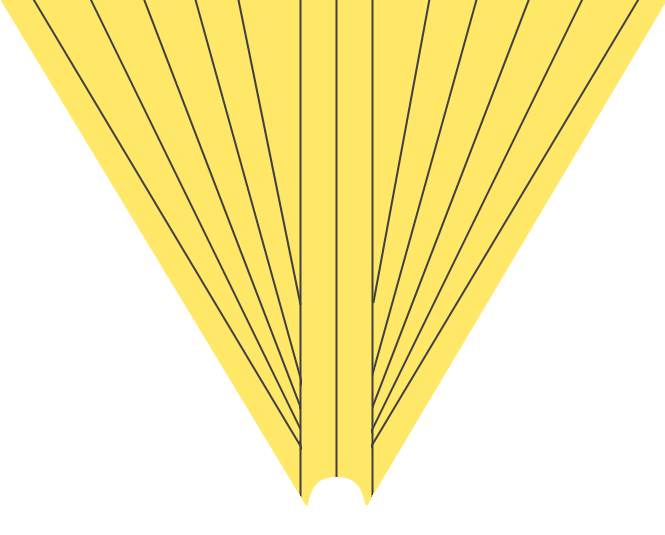
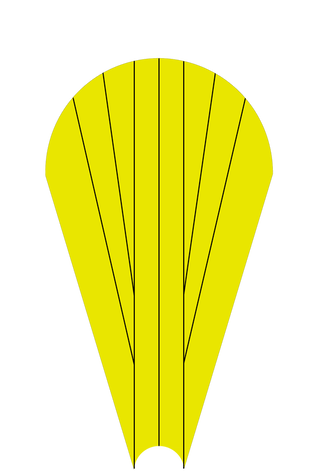

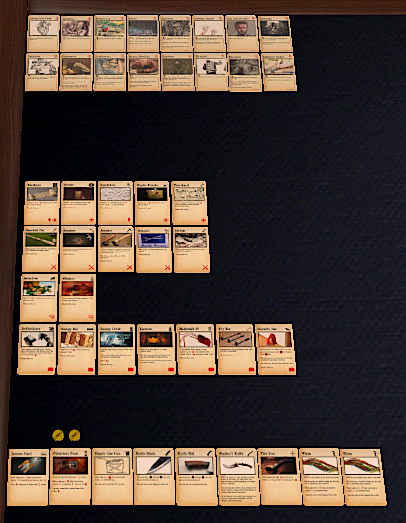
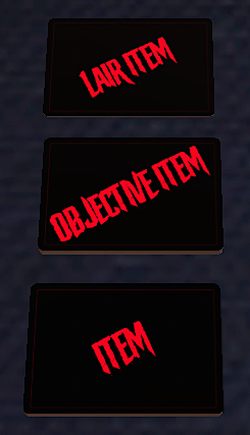
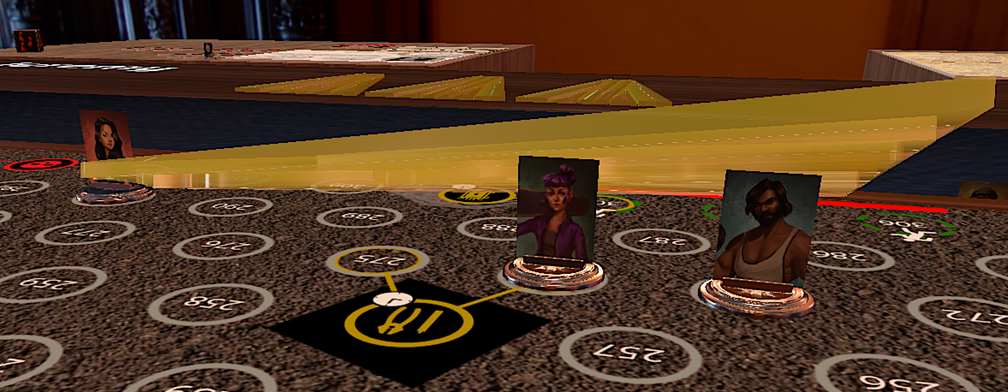
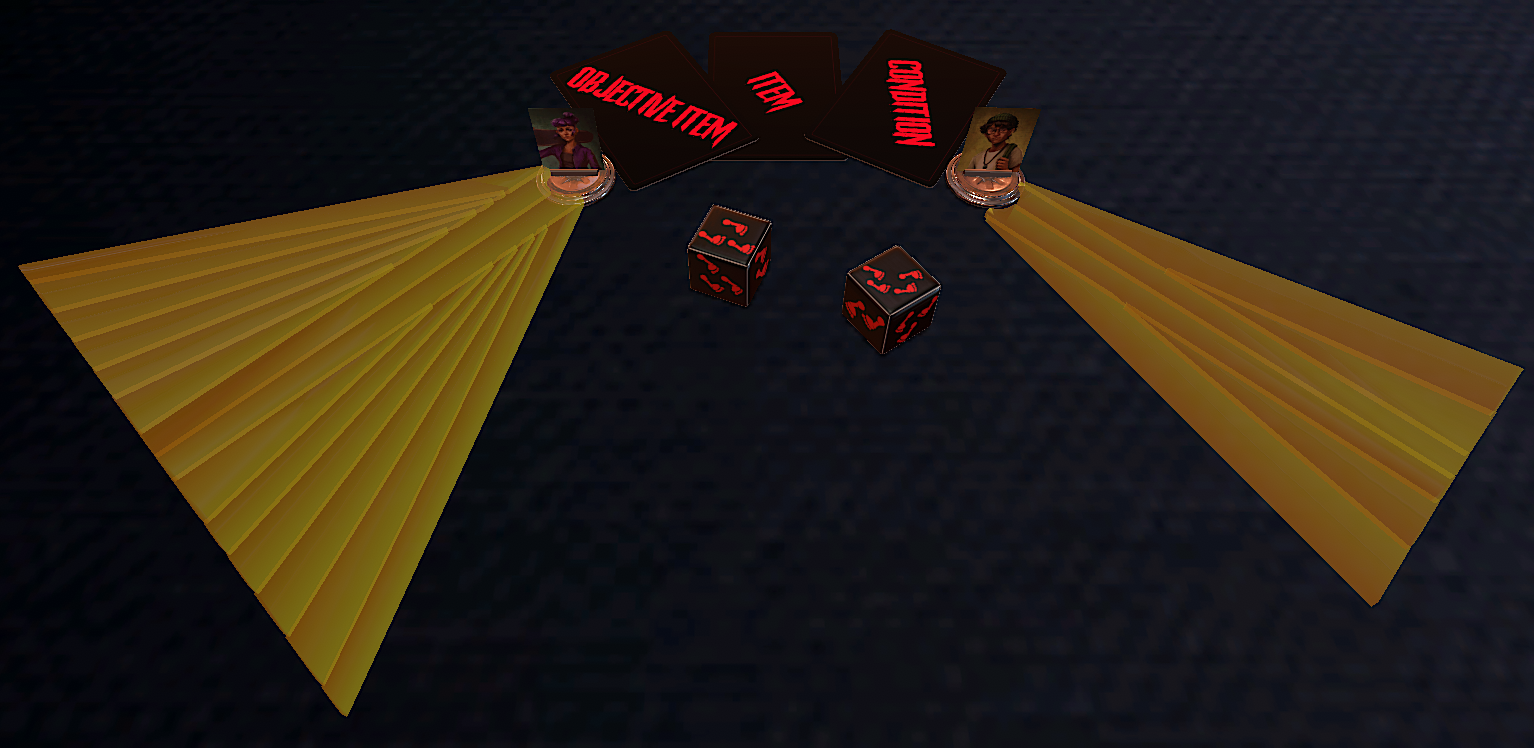
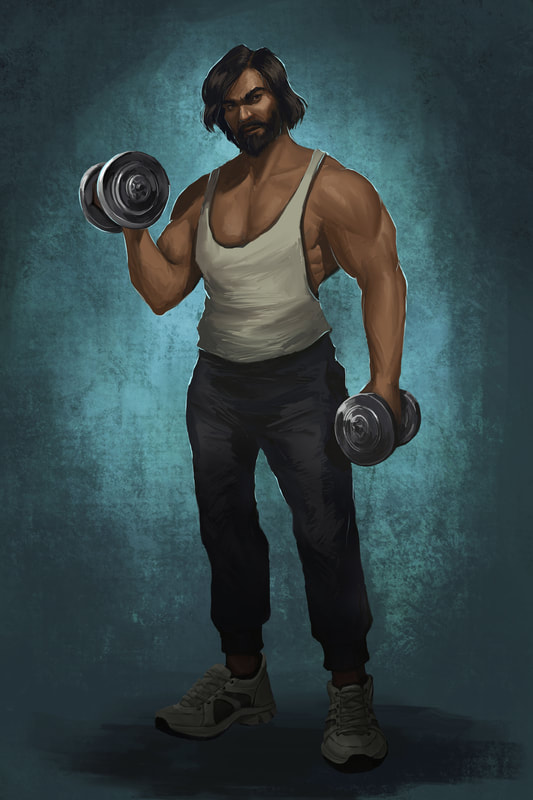
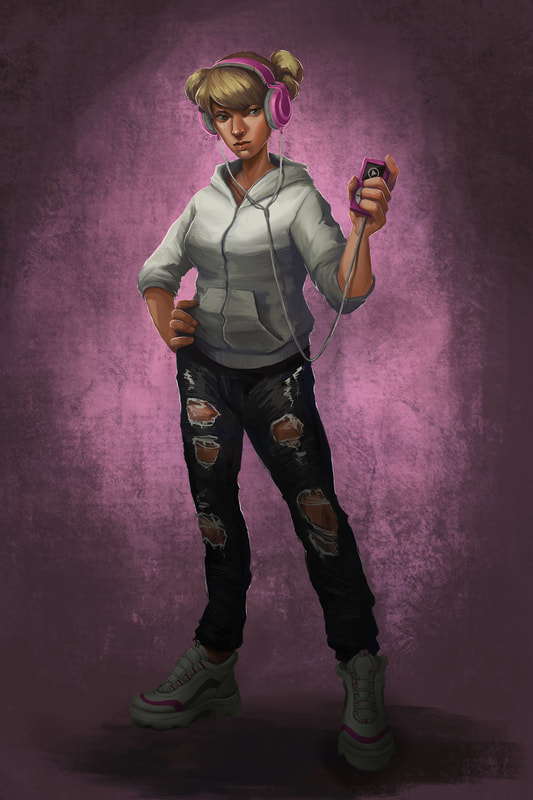
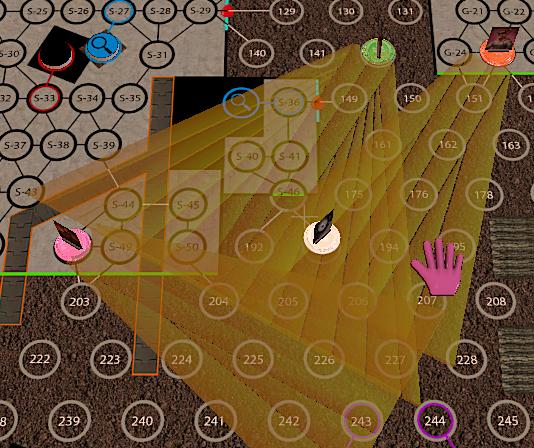
 RSS Feed
RSS Feed